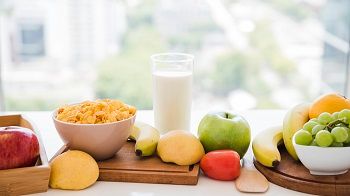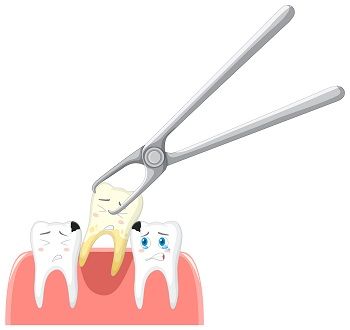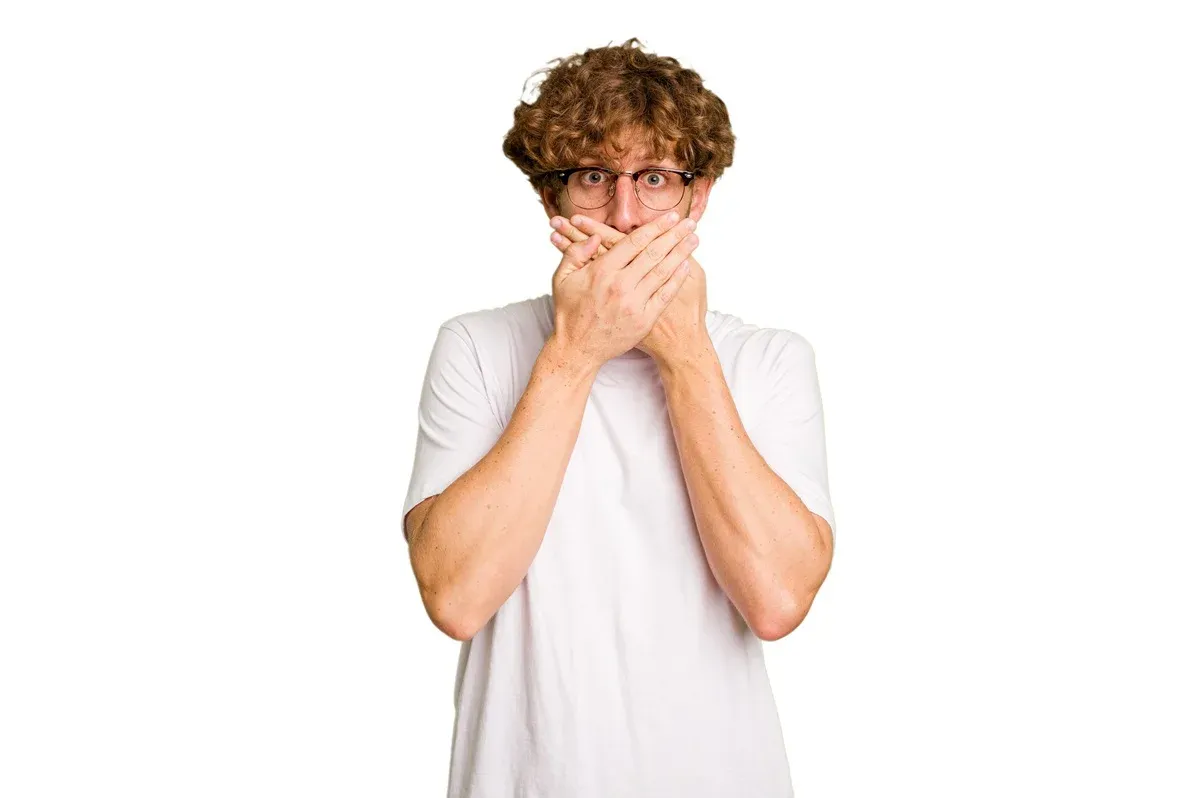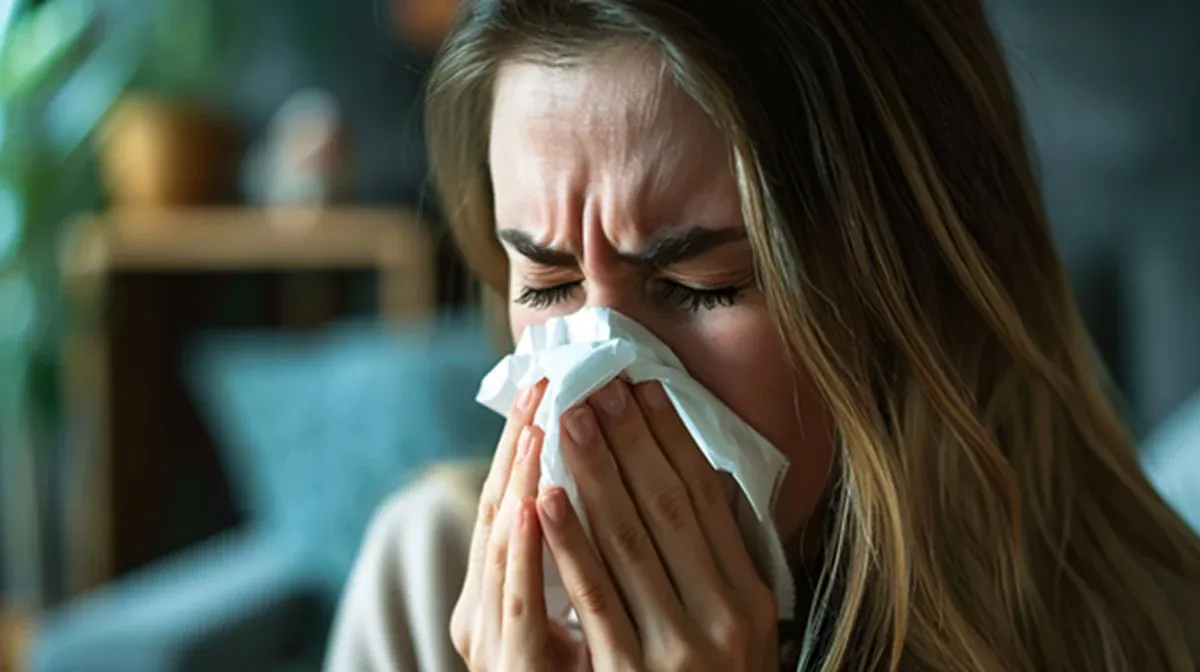Tips for a Speedy Recovery After a Tooth Extraction
Dental Implants Solutions
Caring for yourself after a tooth extraction promotes healing and minimizes discomfort or complications. In this blog, we present a comprehensive guide on how to care for yourself after tooth extraction. We understand that the post-extraction phase can be daunting, but rest assured, with the right information and expert tips, you'll be well-prepared to nurture your smile back to health.
Immediate Post-Extraction Care
Immediate post-extraction care promotes proper healing and reduces discomfort after tooth extraction. Following your dentist's or oral surgeon's instructions diligently during this period can significantly impact the success of your recovery. Here are some essential aspects of immediate post-extraction care:
Gauze and Bleeding
- Bite gently on the provided gauze pad to promote blood clot formation and control bleeding.
- Change the gauze pad every 30 to 45 minutes, or as your dentist directs, until the bleeding subsides.
- Avoid vigorous rinsing or spitting, as it can dislodge the blood clot and delay healing.
Pain Management
- Take any prescribed pain medications as instructed by your dentist or oral surgeon.
- Apply cold packs on the cheek adjacent to the extraction site to reduce swelling and alleviate pain.
Diet and Nutrition
- Stick to a soft food diet for the first 24 to 48 hours (about 2 days) after the extraction to avoid putting undue pressure on the healing area.
- This period includes mashed potatoes, yogurt, smoothies, and soups.
- Avoid hot, spicy, crunchy, and hard foods that may irritate the extraction site.

Activities and Habits
- Rest and limit physical activities for the first 24 hours to promote healing.
- Avoid smoking, as it can stop the healing process.
- Abstain from consuming alcoholic beverages during the initial recovery phase.
Medications and Antibiotics
- If prescribed antibiotics, take the full course as your dentist directs to prevent infection.
- Finish any other medications prescribed for you to ensure a smooth recovery.
Swelling and Bruising
- Swelling is normal after tooth extraction. Applying cold packs can help reduce it.
- Some bruising may occur around the extraction site, which should resolve over time.
It's essential to follow these guidelines closely and contact your dental professional if you experience severe pain, persistent bleeding, excessive swelling, or any other concerning symptoms. You'll be on your way to a successful and comfortable recovery with proper immediate post-extraction care.
Oral Hygiene
Appropriate oral hygiene after a tooth extraction is vital for preventing infection, promoting healing, and ensuring a successful recovery. While keeping your mouth clean is essential, special care should be taken around the extraction site to avoid disturbing the healing process. Here are some crucial aspects of oral hygiene during post-extraction care:
Brushing
- To protect the blood clot that forms in the socket, avoid brushing for the first 24 hours after the procedure.
- After the initial 24 hours, resume brushing your teeth gently but carefully. Use a soft-bristled toothbrush to avoid irritation.
- Be mindful not to brush directly on the extraction site. Instead, brush the surrounding teeth and gum area gently.
Avoid Irritating the Site
- Refrain from touching the extraction site with your fingers, tongue, or any objects to prevent infection and disruption of the healing process.
- Avoid using commercial mouthwashes containing alcohol, as they may irritate.
Avoid Suction or Swishing
- Refrain from sucking through a straw or engaging in any activity that creates suction in the mouth, as it can dislodge the blood clot and lead to complications like dry sockets.
Smoking and Tobacco Use
- If you smoke or use tobacco products, avoid doing so for at least 48 hours after the extraction. Tobacco can delay healing and increase the risk of infection.
Hydration and Nutrition
- Drink plenty of water as it flushes out bacteria and promotes healing.
- Follow a soft diet during the initial recovery period to avoid putting pressure on the extraction site.
Be Gentle
- Be gentle with your mouth during the healing process. Avoid vigorous spitting or rinsing, as it may disrupt the blood clot.
Follow the Dentist's Instructions
- Always follow your dentist's or oral surgeon's specific post-extraction care instructions.
- Attend follow-up appointments to ensure your healing progress is monitored.

Remember, proper oral hygiene is essential for preventing complications and promoting healing. However, be careful not to be too aggressive around the extraction site, as it can impede recovery.
Diet and Nutrition
Maintaining a proper diet and nutrition after tooth extraction is crucial for healing and minimizing discomfort. Choosing the right foods can aid in reducing irritation to the extraction site and promote optimal recovery. Here are some essential guidelines for diet and nutrition during the post-extraction period:
Soft Foods
- Stick to a soft diet for the first 24 to 48 hours after the extraction. Soft foods are easy to chew and less likely to disturb the healing socket.
- Opt for mashed potatoes, yogurt, applesauce, oatmeal, scrambled eggs, smoothies, and well-cooked pasta or rice.
Avoid Crunchy and Hard Foods
- Steer clear of crunchy and hard foods that may irritate or dislodge the blood clot in the extraction site.
- During the initial recovery phase, avoid nuts, chips, popcorn, raw vegetables, and hard candies.
Temperature of Foods
- Choose lukewarm or cold foods and beverages during the first 24 hours after the extraction.
- Avoid hot foods and drinks to prevent dislodging blood clots, as hot foods and beverages increase blood flow to the affected area.
Hydration
- Stay well-hydrated by drinking plenty of water. Adequate hydration is essential for the healing process.
- Avoid using a straw after tooth extraction to prevent complications like dry sockets.
Nutrient-Rich Foods
- Incorporate nutrient-rich foods to support the healing process and boost your immune system.
- Include fruits, vegetables, lean proteins, and dairy products (if tolerated) to provide essential vitamins and minerals.
Avoid Irritants
- Refrain from consuming spicy, acidic, or highly seasoned foods, as they may cause discomfort or irritation to the extraction site.
Slowly Introduce Solid Foods
- As you progress through recovery and feel more comfortable, gradually introduce soft solid foods into your diet.
- Listen to your body and avoid any foods that cause pain or discomfort.
Nutritional Supplements
- If you have concerns about getting adequate nutrition during your recovery, consider talking to your dentist or a healthcare professional about appropriate nutritional supplements.
Preventing Infection
Preventing infection is a critical aspect of post-tooth extraction care. The extraction site is vulnerable to bacteria and germs during the healing process, so taking proactive steps to reduce the risk of infection is essential. Here are some effective strategies for preventing infection after tooth extraction:
Oral Rinse
- Rinse your mouth with warm saltwater after meals and snacks, starting 24 hours after the extraction.
- The saltwater rinse helps keep the area clean and reduces bacteria.
Avoid Touching the Site
- Refrain from touching the extraction site with your fingers, tongue, or any objects to prevent introducing bacteria into the area.
- Avoid poking or prodding the site with your tongue or any foreign objects.
Be Mindful of Oral Hygiene
- Maintain good oral hygiene without directly brushing the extraction site during the first 24 hours after the procedure.
- After the first day, gently brush your teeth, avoiding the extraction site.
- Continue to floss carefully, avoiding the extraction area, to keep the rest of your mouth clean.
Avoid Smoking and Tobacco Products
- If you smoke or use tobacco products, refrain from doing so for at least 48 hours after the extraction.
- Tobacco use can stop healing and increase the risk of infection.
Follow Antibiotic Prescriptions
- If your dentist or oral surgeon prescribes antibiotics, take the full course as directed.
- Antibiotics can help prevent or treat potential infections, especially for more complex extractions or if you have specific health conditions that increase infection risk.
Attend Follow-up Appointments
- Keep your scheduled follow-up appointments with your dentist or oral surgeon.
- Regular check-ups allow your dental professional to monitor your healing progress and address any concerns promptly.
Maintain a Healthy Lifestyle
- Eat foods rich in nutrients to support your immune system's ability to fight off potential infections.
- Get enough rest and manage stress; a healthy immune system prevents infections.
Avoid Irritants and Aggressive Activities
- Refrain from consuming spicy, acidic, or highly seasoned foods, which may irritate the extraction site and increase infection risk.
- Avoid strenuous activities or exercises that disrupt healing or introduce bacteria into your mouth.
Report Unusual Symptoms
- Consult your dentist immediately if you experience severe pain, increasing swelling, pus, or unusual symptoms around the extraction site.
- These could be signs of infection or other complications that require prompt attention.
Conclusion
In conclusion, proper post-tooth extraction care ensures a smooth and successful recovery process. Moreover, following the guidelines and recommendations in this comprehensive guide can minimize discomfort, reduce the risk of complications, and promote optimal healing.
Contact your dentist in Walnut Creek, Dr. Massood Darvishzadeh, at Dental Implant Solutions to learn about Tips for a Speedy Recovery After a Tooth Extraction.
Resource:
*This media/content or any other on this website does not prescribe, recommend, or prevent any treatment or procedure. Therefore, we highly recommend that you get the advice of a qualified dentist or other medical practitioners regarding your specific dental condition*
Subscribe To Our Newsletter
Get Updates And Learn From The Best
More To Explore



CONTACT US
Massood Darvishzadeh, DDS
2021 Mt Diablo Blvd., Suite 100A
Walnut Creek, CA 94596
(925) 939-2600info@dentalimplantsolutions.net